St. Augustine, Florida, was a popular tourist destination in the 1980s, attracting visitors with its historic architecture, Spanish colonial history, and stunning beaches. The city, founded in 1565, was the oldest continuously inhabited European-established settlement in the United States, and was home to many well-preserved historical buildings and monuments, including Castillo de San Marcos, a 17th-century fort, and the Spanish colonial-style Cathedral Basilica of St. Augustine.
In the 1980s, St. Augustine was undergoing a revitalization and preservation movement, with many of its historic buildings being restored and repurposed for new uses. For example, the city’s oldest hotel, the Ponce de Leon Hotel, was restored and renamed Flagler College, after railroad magnate and hotelier Henry Flagler.
In addition to its rich history, St. Augustine was also known for its beautiful beaches, such as St. Augustine Beach and Anastasia State Park. The city was a popular destination for water sports, including swimming, boating, and fishing, as well as for outdoor activities such as golfing and hiking.
Tourism was a major industry in St. Augustine in the 1980s, with visitors coming from all over the world to experience its unique combination of history and natural beauty. The city was also home to many shops, restaurants, and attractions, including the historic district of St. George Street and the Lightner Museum, which housed a collection of art and artifacts from the Gilded Age.


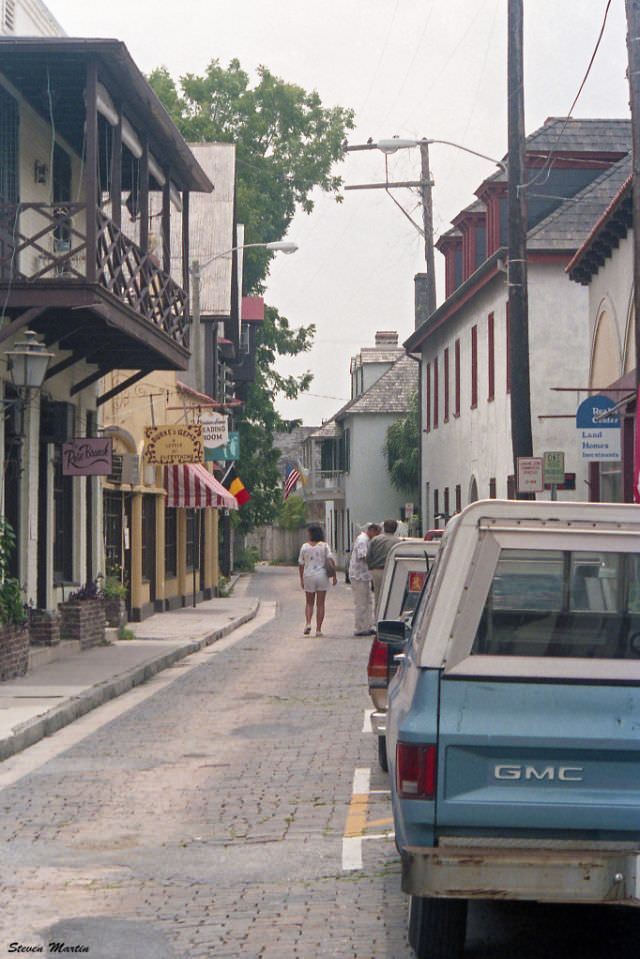
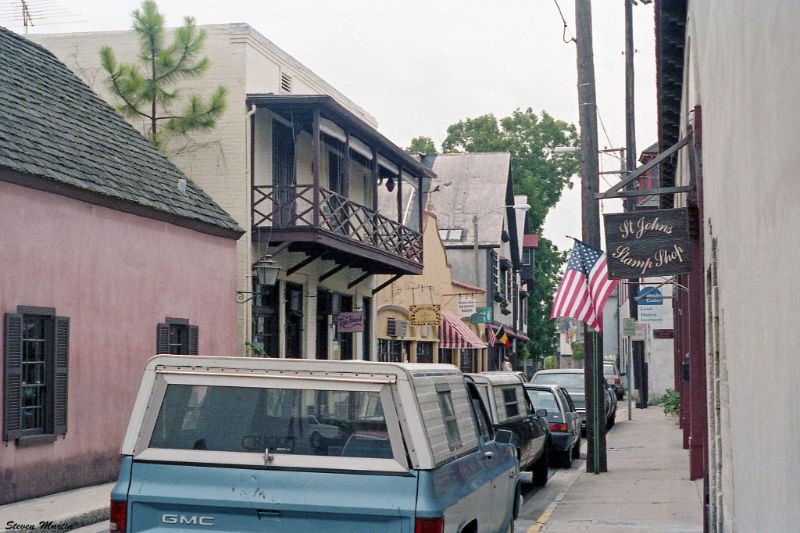
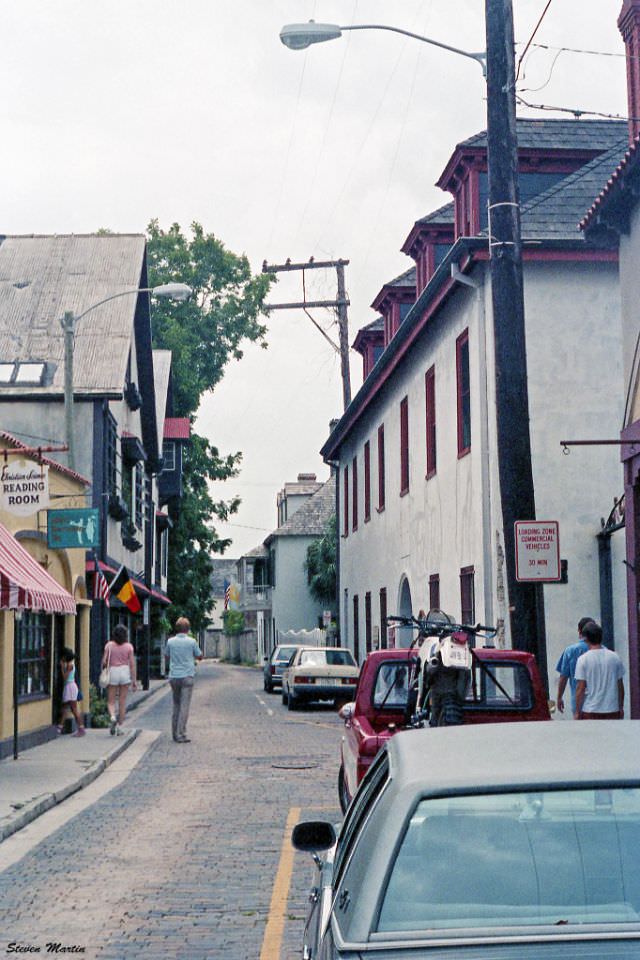
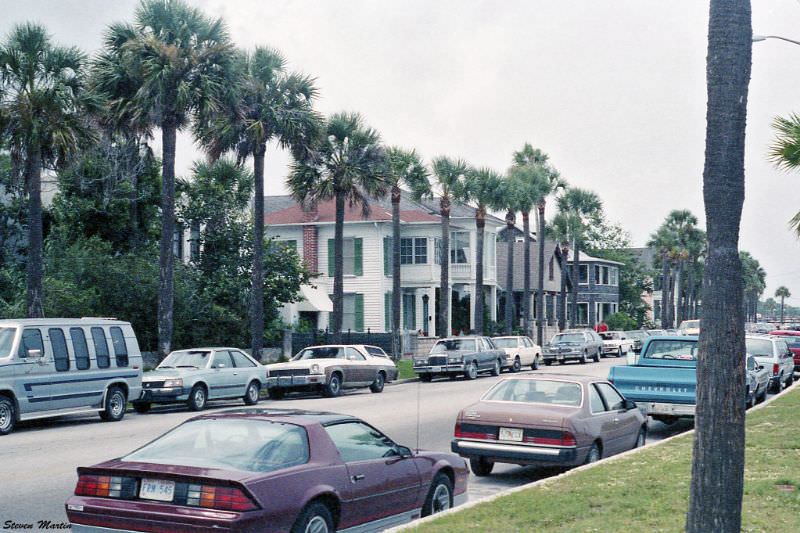
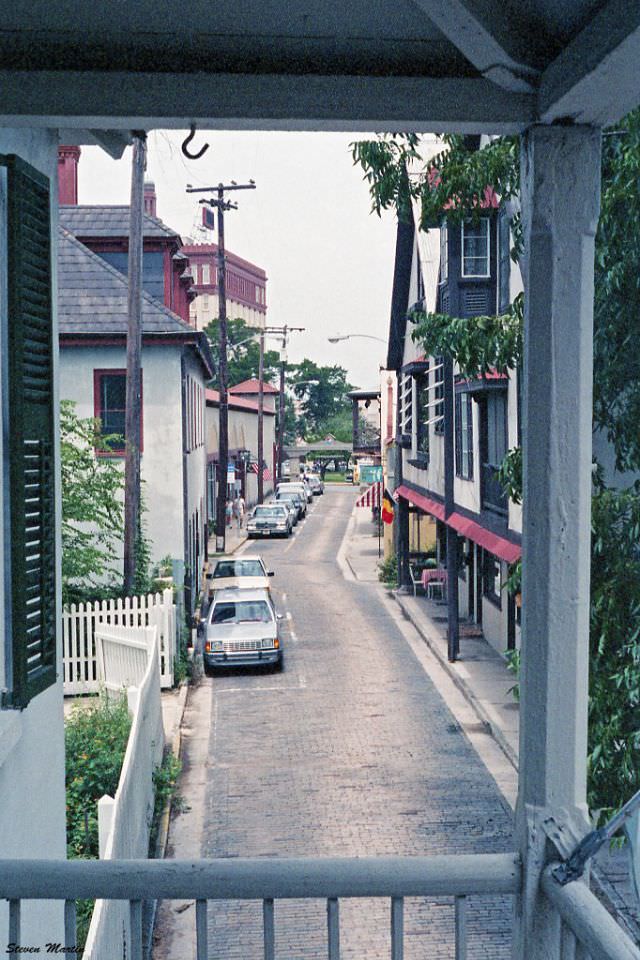
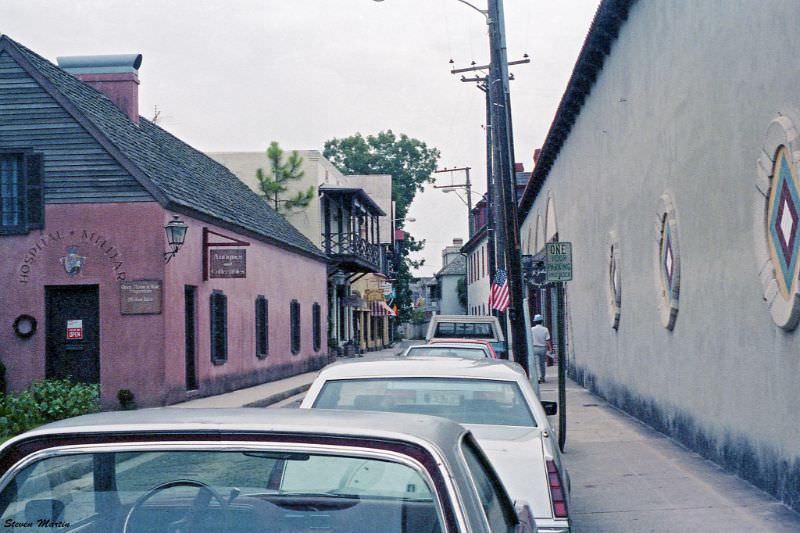
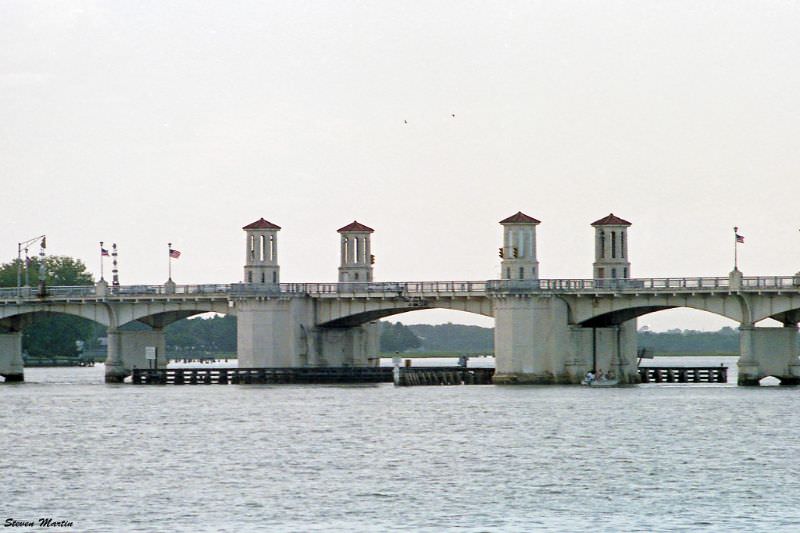
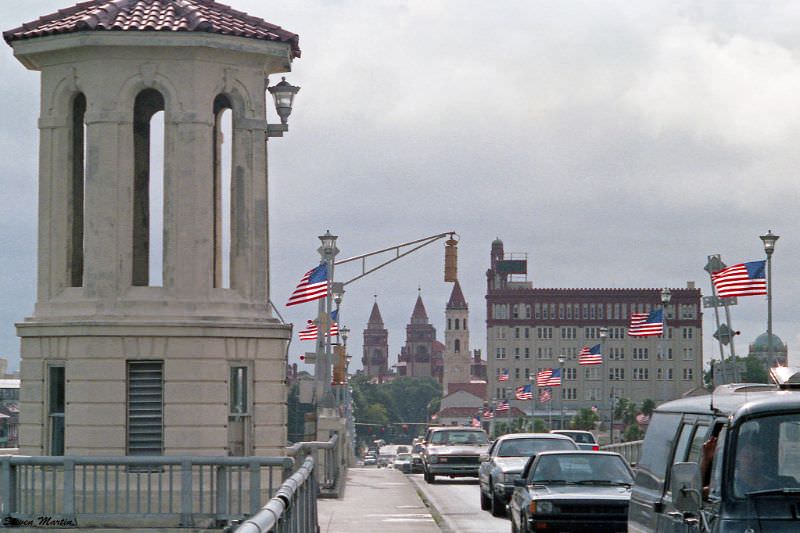
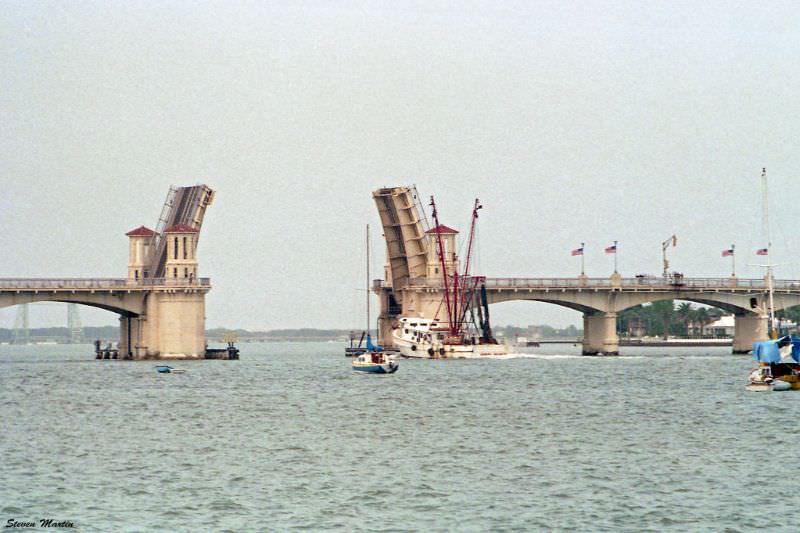
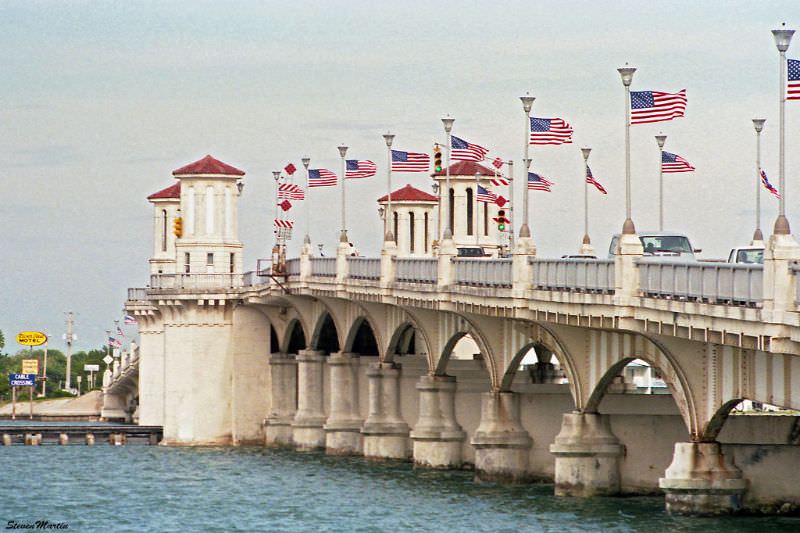
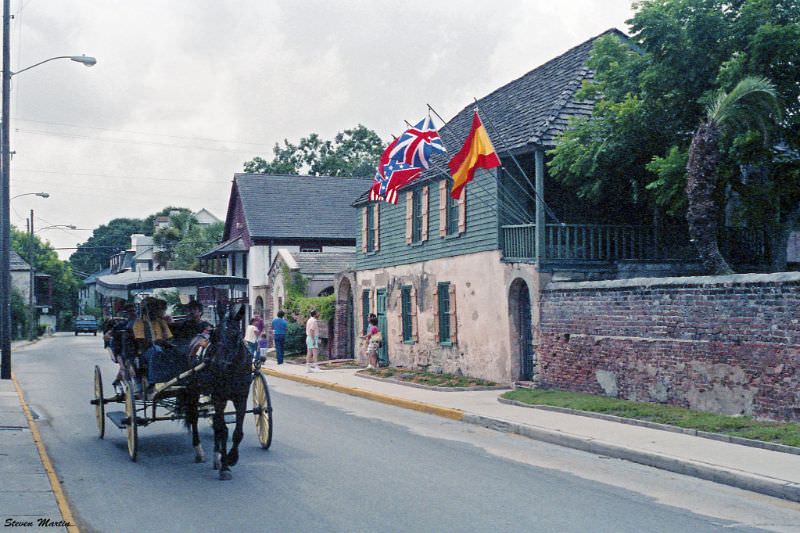
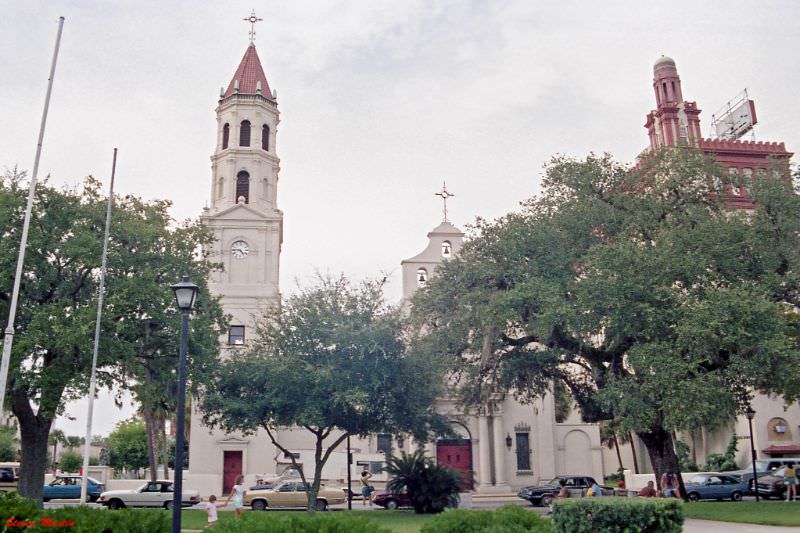
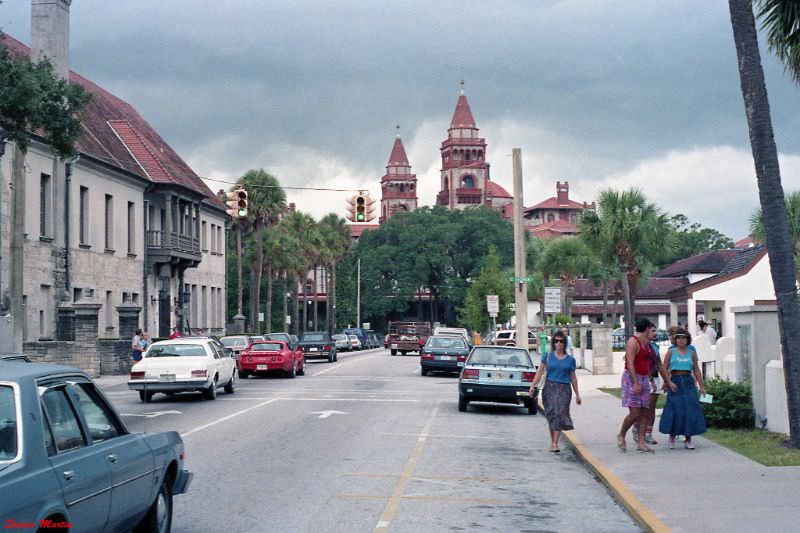
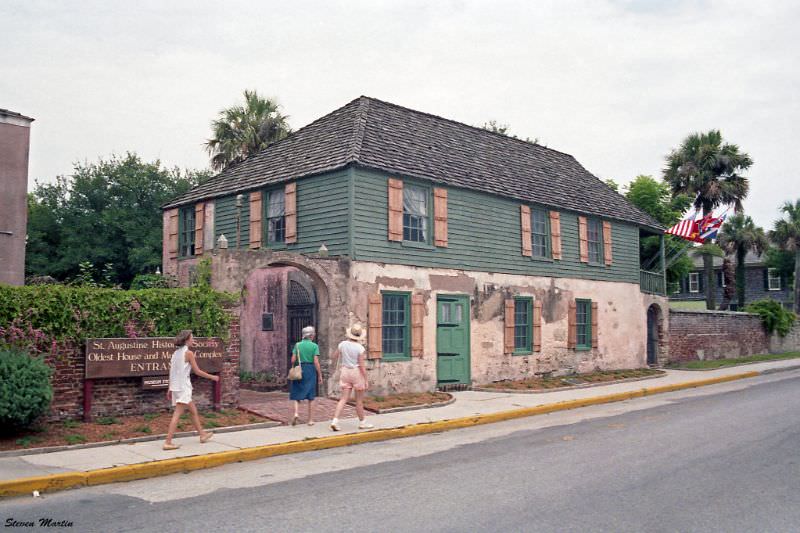
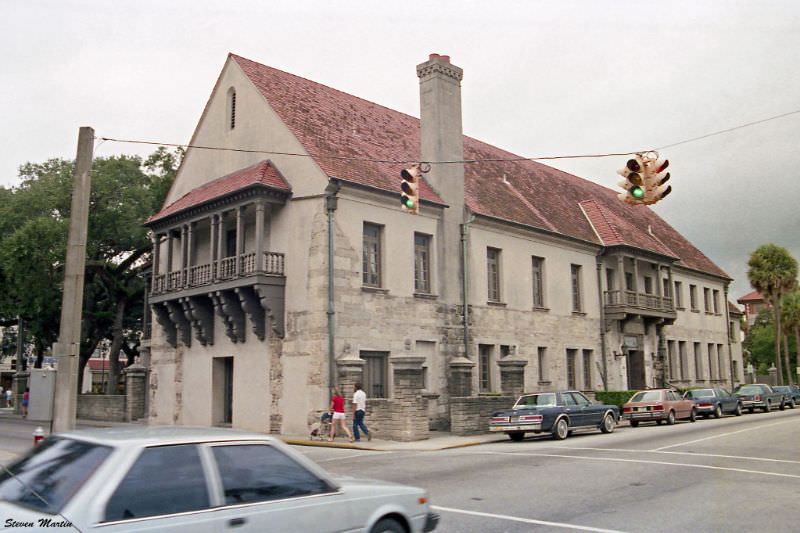
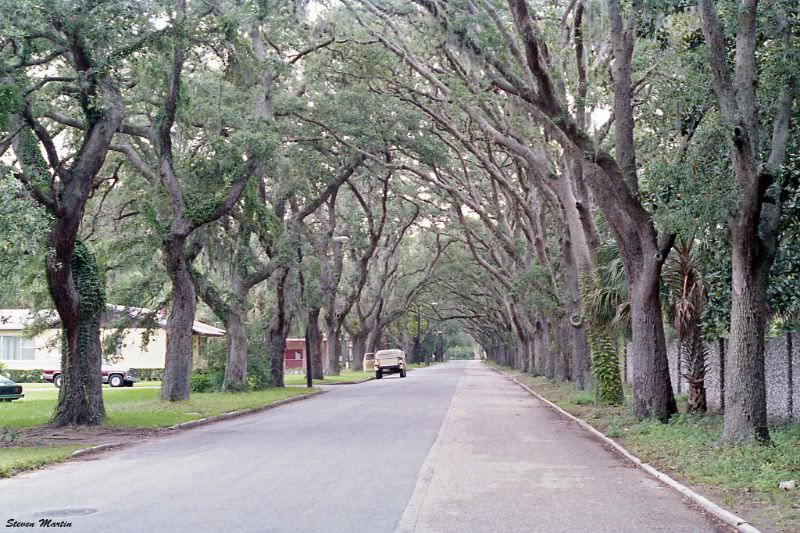
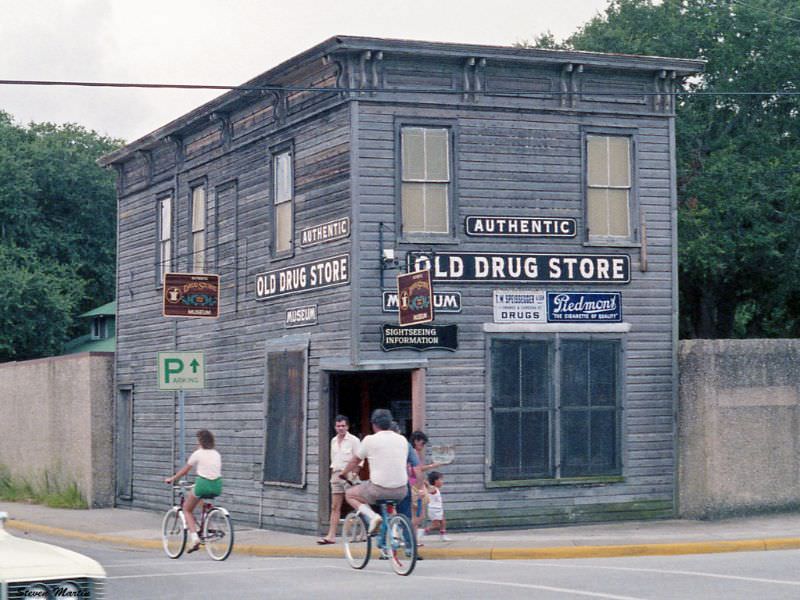
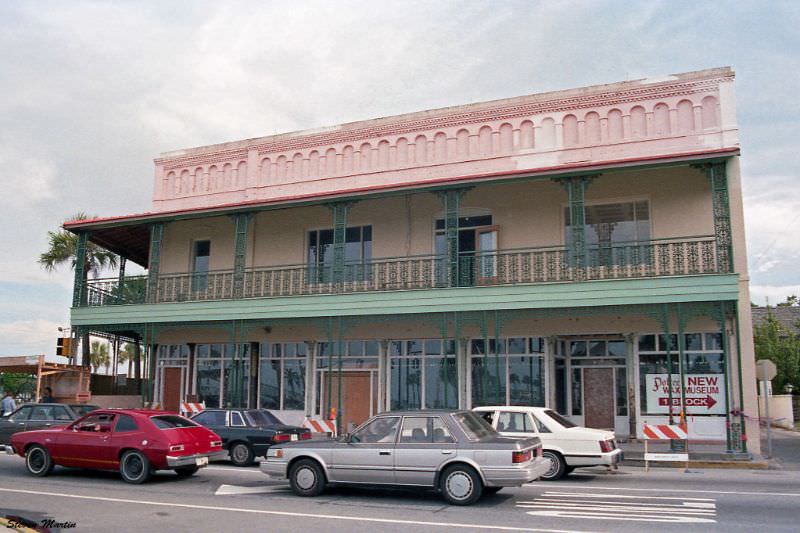
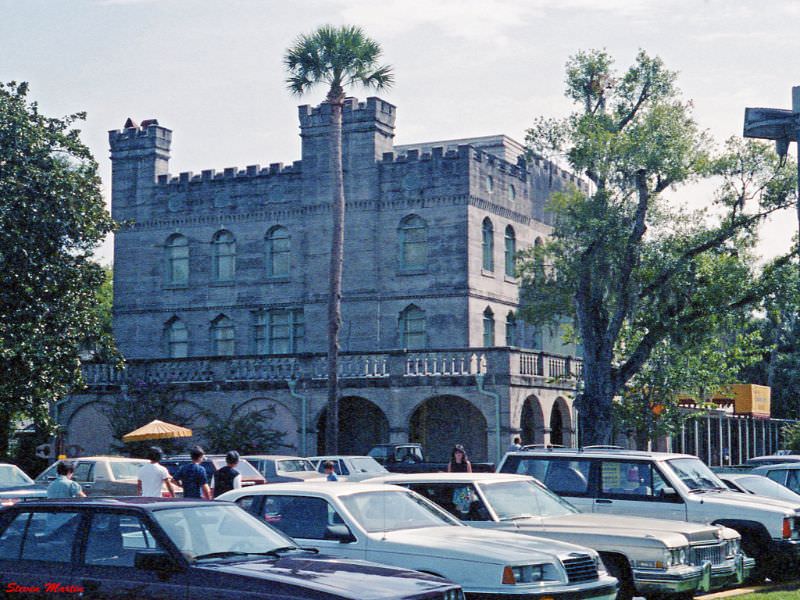
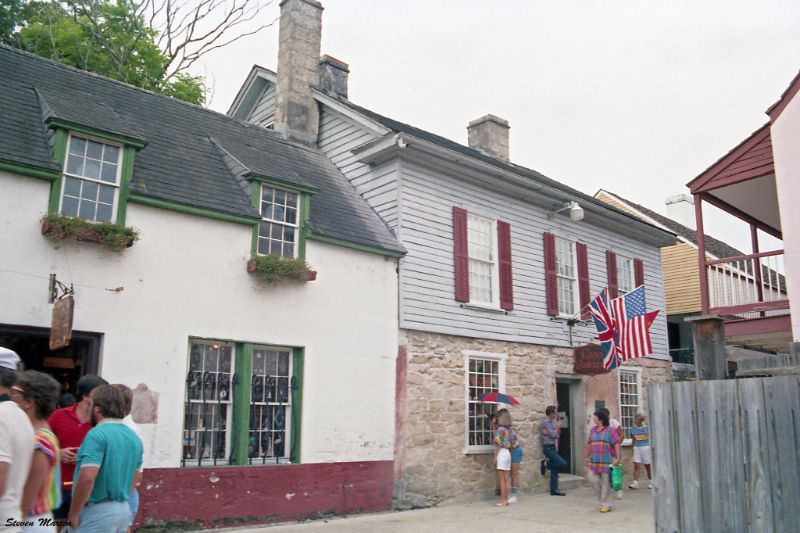
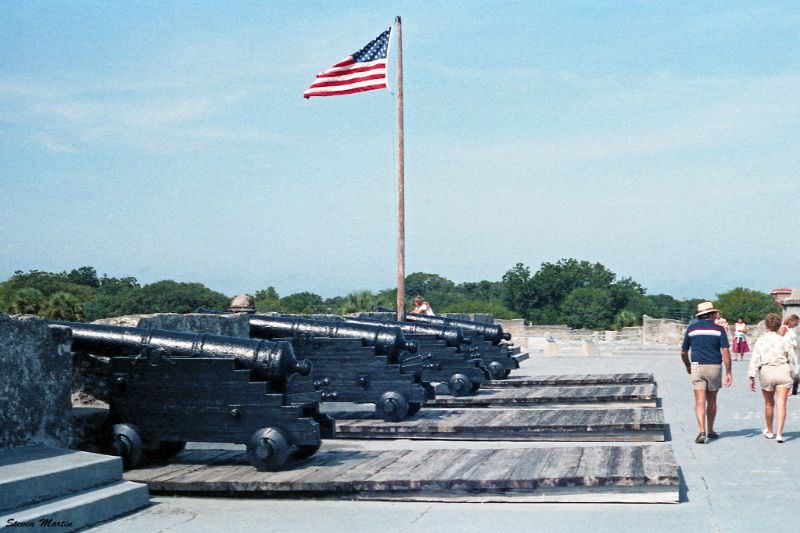
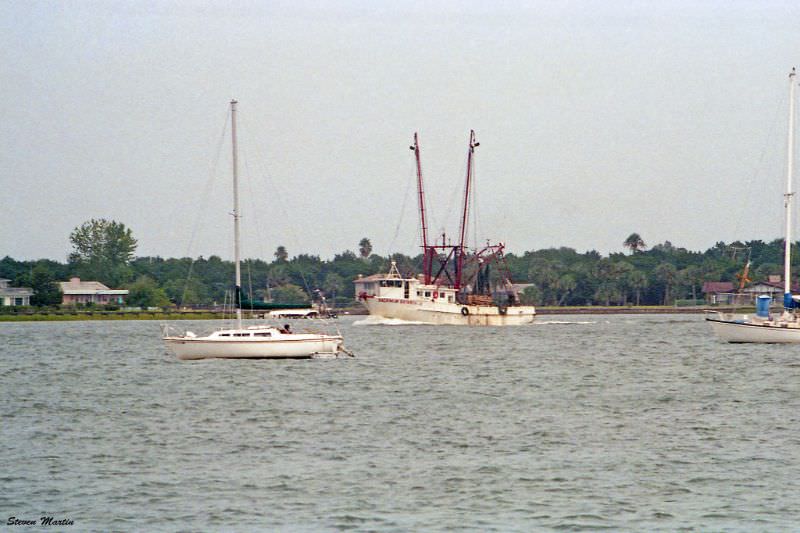
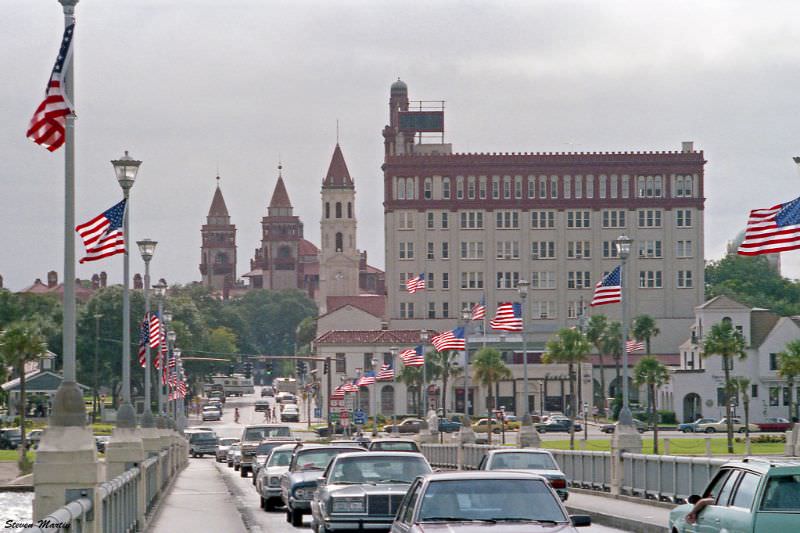
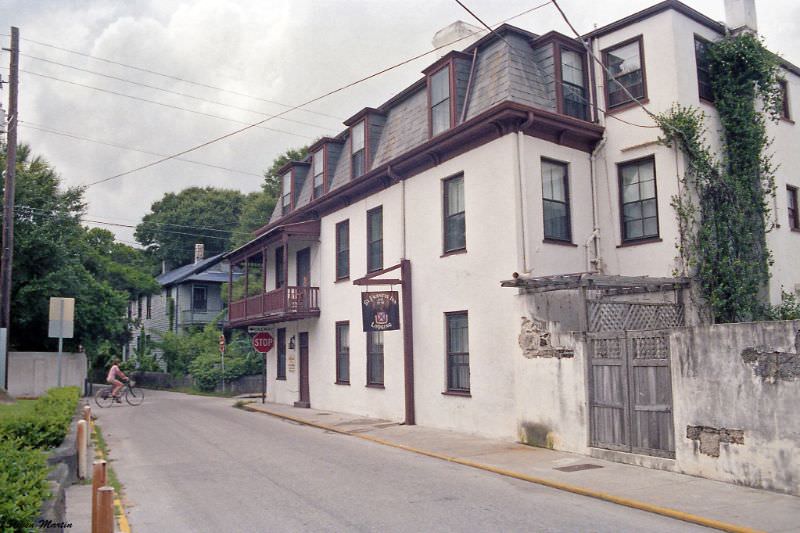
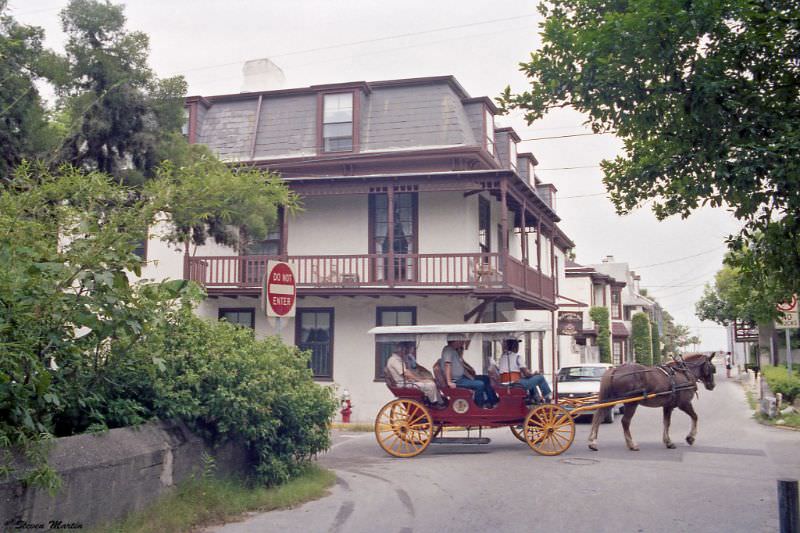
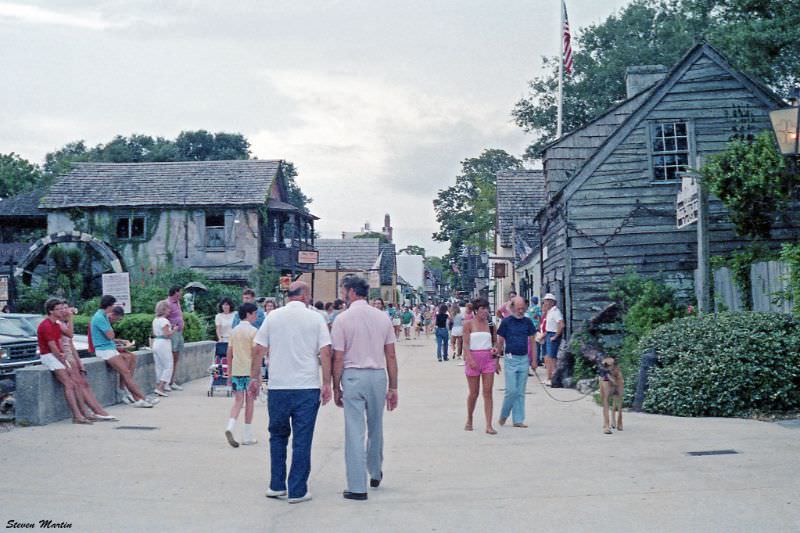
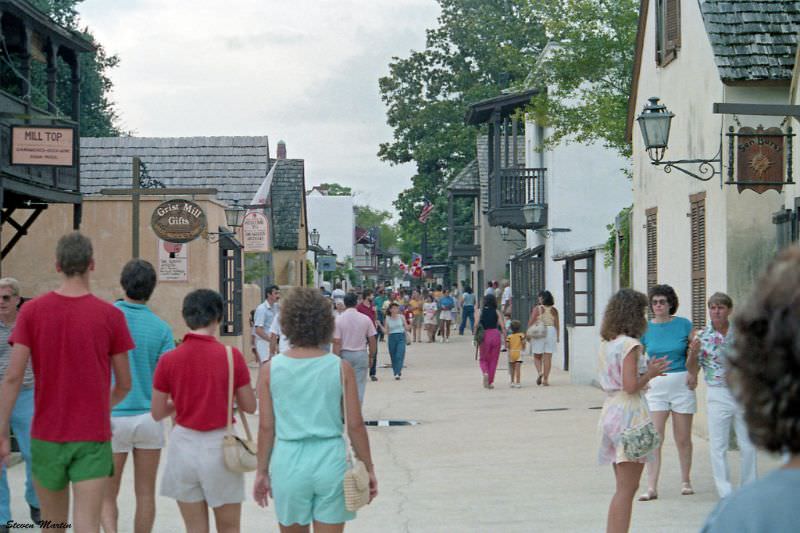
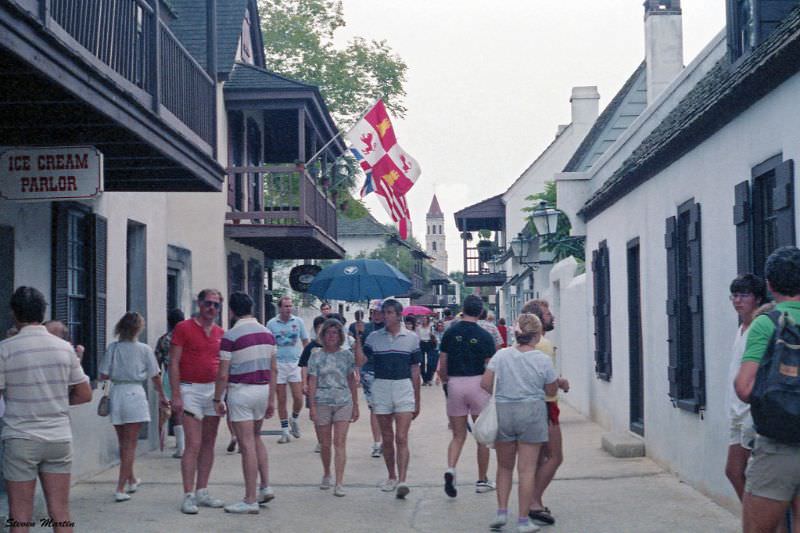
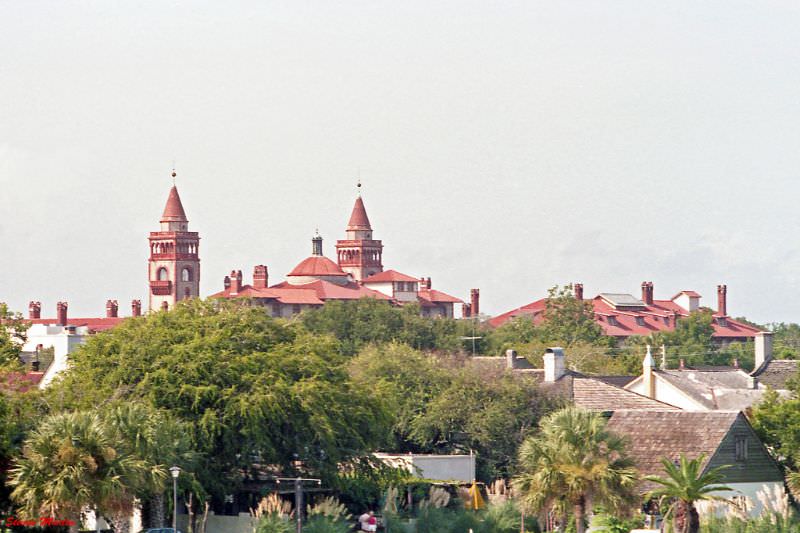
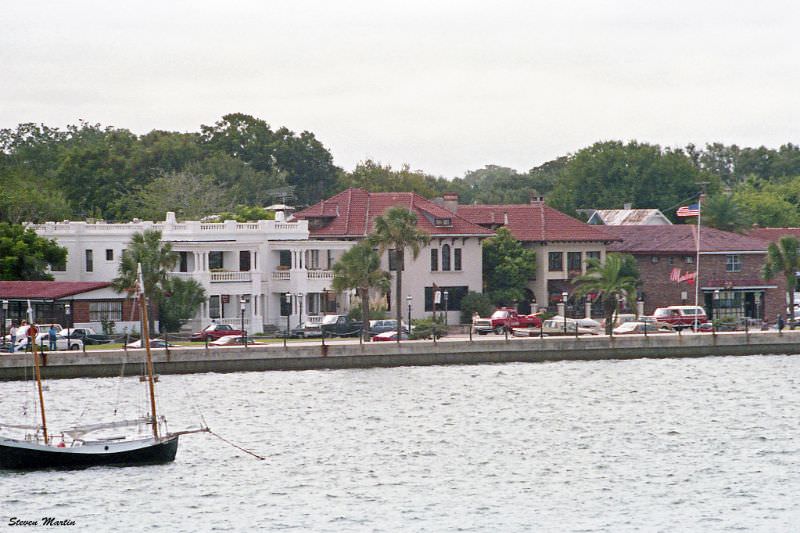

A glimpse of what many would consider the good old days.
It’s amazing to witness Casa Rodriguez again, a place where I worked for several years back in 2005, just a year after I was born.
Wish the flags were still on the bridge.
Nice photos, but the article is trash. It implies Flagler College became that in the ’80s and is worded in a way that makes it sound we don’t exist anymore
i will say the shoreline behind the bridge of lions in most of those photos of the bridge of lions has changed.. its a bit more developed. The downtown ‘city side’ must have been more striking with less development, and all that greenery to contrast it.